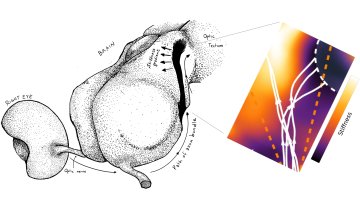Classifying simple amenable C*-algebras
Abstract
C*-algebras provide non commutative analogues of locally compact Hausdorff spaces. In this talk I’ll provide a survey of the large scale project to classify simple amenable C*-algebras, indicating the role played by non commutative versions of topological ideas. No prior knowledge of C*-algebras will be assumed.


